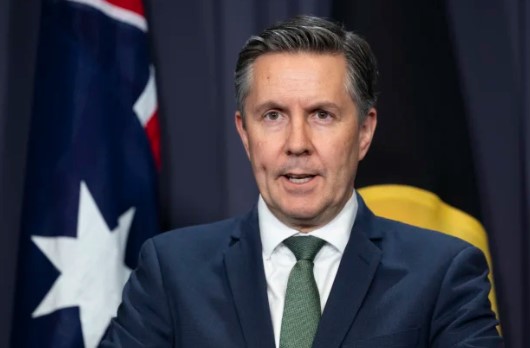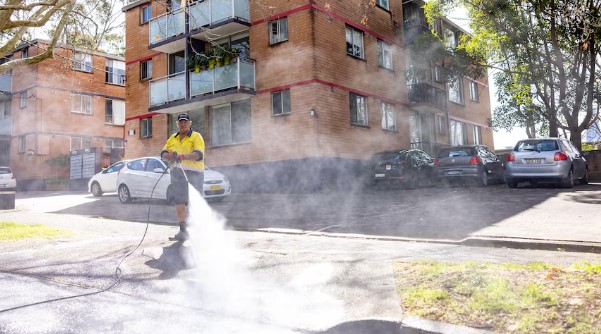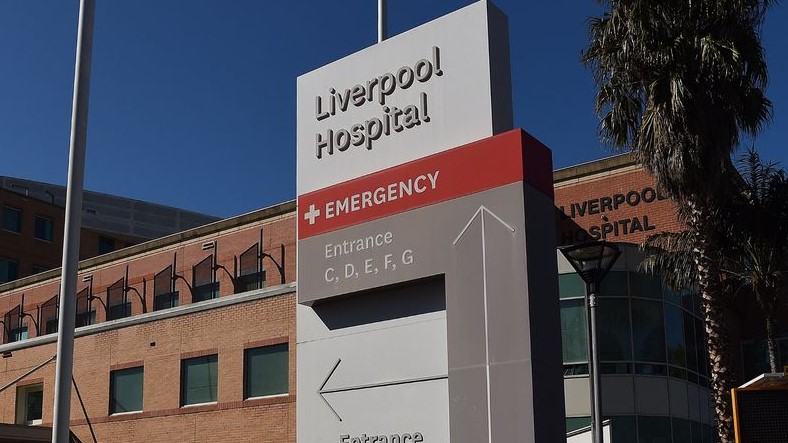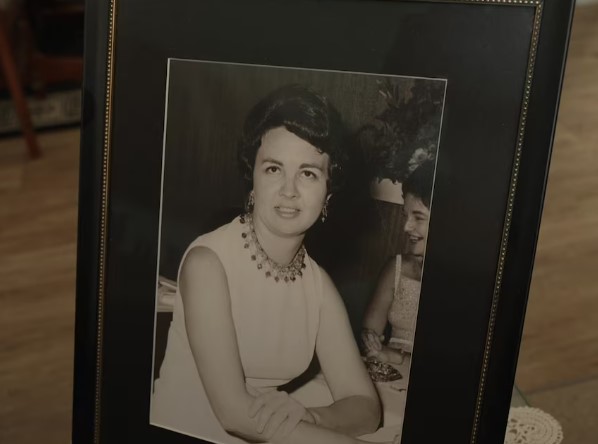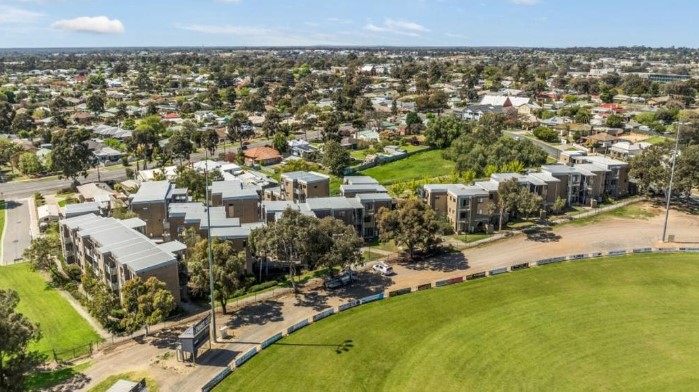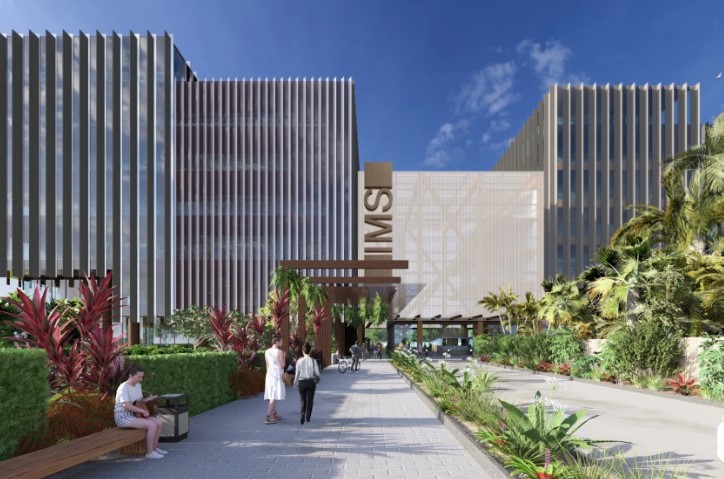18
Sep 2020
Visiting hospitals in Victoria during COVID-19
Published in General on September 18, 2020

Source: Department of Health and Human Services, State Government of Victoria, Australia
Key points
- From 11:59pm Wednesday 22 July 2020 restrictions changed to limit the number of people who can visit patients in hospital.
- There will also be limits on the number and duration of visits allowed (outlined below)
- From 11:59pm on 2 August, visitors to any care facility across Victoria must wear a face mask covering, unless they have a lawful reason for not doing so.
- All visitors must continue to follow the hospital’s local operating rules.
Current restrictions
The Chief Health Officer has restricted access to hospitals where vulnerable Victorians receive care. This is to help protect elderly people, those with chronic medical conditions or those with low immunity from the spread of coronavirus (COVID-19). Patients receiving treatment and care are especially vulnerable to the transmission of coronavirus (COVID-19) and may be critically at-risk if exposed.
From 11:59pm on Wednesday 22 July 2020, hospital visitors are only permitted for the following reasons:
- If you are the parent, guardian or carer of a child who is a patient in hospital you are allowed to visit. Your child can only have one visitor at a time. There are no limits on how many times you can visit or how long you can visit for.
- If you are the parent, partner, support person (for example friend or sibling), guardian, or carer of a patient aged 18 years or over then you are allowed to visit to provide emotional and social support to the patient, if this cannot be provided via electronic or non-contact means. The patient can only have one visitor. The visitor can only visit once per day, for a maximum of one hour.
- If you are a nominated person under the Mental Health Act, then you can visit the patient. The patient can only have one visitor at a time, for a maximum of one hour. Visits must be related to treatment and discharge planning, or other functions related to the Act.
- If you are providing essential care and support necessary for the patient’s physical, emotional or social wellbeing that cannot be delivered by the health service care team or via electronic means, then you can visit a patient. The patient can only have one visitor at a time. The number and duration of visits should not exceed the time required to provide essential supports only.
- If you are providing interpreter or informal language support to enable the delivery of care by the care team, then you can visit a patient. The patient can only have one visitor at a time, and visits should align with the times interpreter or language support is required by the care team.
- A patient whose medical condition is life threatening can have two immediate family members visit at any one time. There are no limits on the number or duration of visits.
- A patient who is dying and/or receiving end-of-life care can have two visitors at any one time. There are no limits on the number or duration of visits.
- A pregnant woman can only have their partner or support person visit or attend hospital with them. The partner or support person can stay as long as required for the labour, birth and following the birth until mother and baby move to the postnatal ward. For subsequent visits post-delivery, a partner or support person can visit one per day for up to two hours.
- If you are in the postnatal (maternity) ward after you have given birth, you can only have your partner or support person visit you. Your partner/support person can only visit once per day for a maximum of two hours.
- You can be accompanied to the emergency department by one visitor. If you are admitted to the emergency department, that visitor can subsequently only visit once per day for a maximum of one hour.
- You can be accompanied to an outpatient appointment by one visitor. That visitor can only visit once per day for a maximum of one hour.
- If you are visiting to learn how to support a patient’s care when they are discharged from hospital then you are allowed to visit. The patient can only have one visitor. That visitor can only visit once per day for a maximum of one hour.
- Factsheet for visitors to hospitals (Word)
Which types of hospitals are covered by these restrictions?
These restrictions apply to all the following hospitals, whether operated by government, the private sector or not-for-profit organisations:
- public hospitals
- private hospitals
- denominational hospitals
- day procedure centre or multi-purpose health services
Visitors are only permitted for the reasons listed above.
Who can visit a hospital?
Subject to some important conditions listed below, you can visit a hospital if you are:
- the parent, guardian or temporary carer of a patient aged under 18 years
- the parent, partner, support person (for example, a friend or sibling), carer or guardian of a patient aged 18 years or over
- the carer of a patient with a disability
- the partner or support person of a pregnant woman, whose status as a patient relates to their pregnancy
- the partner or support person of a patient in the postnatal (maternity) ward
- providing interpreter or informal language support
- accompanying a patient to the emergency department
- accompanying a patient to an outpatient appointment
- providing end of life support for a patient
- an immediate family member and providing support to a patient whose medical condition is life threatening
- a Nominated Person of a patient who is in hospital to receive care for a mental illness as defined under the Mental Health Act
- providing essential physical or emotional care that cannot be delivered by the health service care team or via electronic means
- learning to support a patient’s care once they are discharged from hospital
You should contact the hospital before visiting as they may have additional requirements, conditions or restrictions for visitors. This information may also be found on their website.
Who is not allowed to visit a hospital?
You must not enter any hospital if you:
- are awaiting a coronavirus (COVID-19) test result (unless granted exemption under exceptional circumstances)
- are unwell with symptoms of coronavirus (COVID-19), such as a cough, sore throat, runny nose, shortness of breath, fever or loss of sense of taste or smell
- have a temperature higher than 37.5 degrees Celsius
- arrived in Australia within the last 14 days
- have been diagnosed with coronavirus (COVID-19) and have not yet been given clearance from self-isolation
- have had known contact in the past 14 days with a person who was a confirmed case of coronavirus (COVID-19)
- are under 16, unless you are providing end-of-life support for a patient, or are the child, grandchild or sibling of a patient.
Only in exceptional circumstances can a hospital allow a person to visit a hospital if they are a known contact of a confirmed case of coronavirus (COVID-19), or a returned overseas traveller in mandatory quarantine, or have been diagnosed with coronavirus (COVID-19). Exceptions can only be authorised by senior hospital staff and, in some instances, must also be approved by the Chief Health Officer / Deputy Chief Health Officer due to the risks involved. Strict conditions may apply to these visits. Please discuss this with hospital staff.
From 11:59pm on 2 August visitors to any care facility across Victoria must wear a face covering.
Are there any special considerations for patients who are receiving palliative care?
In these circumstances, visitors should discuss the duration and total number of visitors throughout the day, with the hospital, as special considerations may be applied.
Are there any other conditions placed on visits?
Visitors must comply with all screening and infection control measures put in place by the hospital. You must:
- From 11:59pm on 2 August visitors to any care facility across Victoria must wear a face covering.
- Even with a face covering, you should keep at least 1.5 meters apart from others
- wash your hands after using lifts, holding railings and every time you enter and exit the patient’s room
- follow rules about visitor and time limits
- limit movement around the hospital as much as possible
- limit the number of personal items you bring into the hospital
- follow rules about wearing specific masks, gloves or gowns if requested by staff.
Hospital staff will help you follow these conditions to help keep your family members or friends safe.
Do I need to call the hospital before I visit someone in hospital?
No. However it is advisable to contact the hospital before visiting as they may have additional requirements, conditions or restrictions for entry. In some cases, hospital wards may be closed to visitors to keep vulnerable patients safe or restricting who can visit to close family. This information may also be found on the hospital’s website.
Speak with other family, friends and carers before you visit. This will avoid a situation where the visitor limit is exceeded. If this occurs, you may be unable to see your family member or friend in hospital.
The person I am visiting is sharing a room – does this impact the number of visitors?
No. Each patient is able to have the maximum number of visitors permitted, subject to the purpose of the visit and conditions of their ward or unit. However, when visiting you need to ensure you follow directions from the hospital staff and also maintain 1.5 metres between yourself and other visitors within the shared room.
Can I visit my pregnant partner for the birth of our child?
A partner or support person of a pregnant patient can attend the labour and birth for as long as required and they can stay after the birth for as long as required.
A partner or support person can then subsequently visit once per day for a maximum of two hours.
If you are providing essential care and support necessary for the patient's physical, emotional or social wellbeing that cannot be delivered by the health service care team or via electronic means, then you can visit your partner as required. The patient can only have one visitor at a time and the number and duration of visits should not exceed the time required to provide essential supports only.
I'm going to hospital to give birth – can I have more than two people with me?
Only your partner or support person can be with you when you come to hospital for labour or birth.
There are no limits on how long your partner or support person can be with you during labour and birth, and they can stay after the birth until the mother and baby move to the postnatal ward. For subsequent visits post-delivery, a partner or support person can visit once per day for a maximum of two hours.
How can I stay in touch with my loved ones in hospital?
People in hospital are unwell or recovering from a medical or surgical condition and can have reduced immunity.
Before you plan your visit, think about your family member or friend and your role in helping to keep them safe from coronavirus (COVID-19). This includes your loved one who:
- is elderly
- has a chronic medical condition (like diabetes, heart, lung, kidney disease, or low immunity).
You can stay in touch and provide support through phone and video calls and texting.
What are the restrictions on workers?
Subject to some important conditions, staff can enter the hospital only if they are:
- an employee or contractor of the hospital
- a student under the supervision of an employee or contractor of the hospital
- providing goods or services necessary for the effective operation of the hospital (either as a paid worker or volunteer)
- a person providing health, medical or pharmaceutical goods or services to a patient of the hospital (either as a paid worker or volunteer)
- a disability worker providing a disability service to a patient with a disability
- a union and employer representative
If emergency services or law enforcement personnel are required to attend the facility, they can enter at any time.
Workers must not enter any hospital if they:
- are unwell with any symptoms of coronavirus (COVID-19), including a cough, sore throat, runny nose, shortness of breath, fever, headache, muscle soreness, stuffy nose, nausea, vomiting, diarrhoea, or loss of sense of smell or taste
- have a temperature higher than 37.5 degrees Celcius
- arrived in Australia within the last 14 days
- have been diagnosed with coronavirus (COVID-19) and have not yet been given clearance from self-isolation
- have had known contact in the past 14 days with a person who was a confirmed case of coronavirus (COVID-19)
A face covering must be worn by all staff. From 11:59pm on 2 August visitors to any care facility across Victoria must wear a face covering, unless they have a lawful reason for not doing so.
What if I don't comply?
A person who ignores these conditions and restrictions will be liable for fines of up to $20,000, or up to $100,000 in the case of companies and other bodies corporate.
Where can I get more information?
For updates, see our dedicated coronavirus (COVID-19) page.
You can also call the coronavirus (COVID-19) hotline: 1800 675 398
If you require a translator to help you, call the translating and interpreting service on 131 450 and ask for the coronavirus (COVID-19) hotline.
